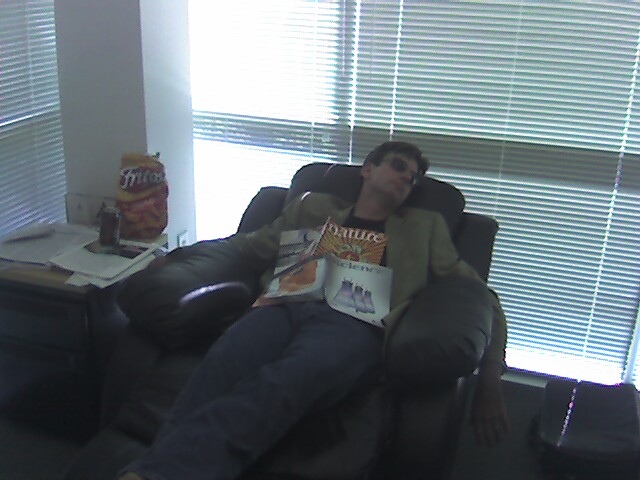 Police Storm Scientific Blogging Offices For 'Feng Shui' Violations
Police Storm Scientific Blogging Offices For 'Feng Shui' ViolationsThe Science 2.0 headquarters in Folsom, California, was raided by police Wednesday after an apparent...
 Heroes In A Half Shell
Heroes In A Half ShellWhen asked if he felt bad killing the hundreds of oysters he serves daily at the popular Brophy...
 Blowing Away Stress One Cigar At A Time
Blowing Away Stress One Cigar At A TimeIf Leopold de Rothschild, Sir Winston Churchill, or the 5th Earl of Lonsdale were alive today their...
 Kids With Pimples Keep It Simple
Kids With Pimples Keep It SimpleIf the "Book of Science" were written by a kid it would start by answering some basic questions...













